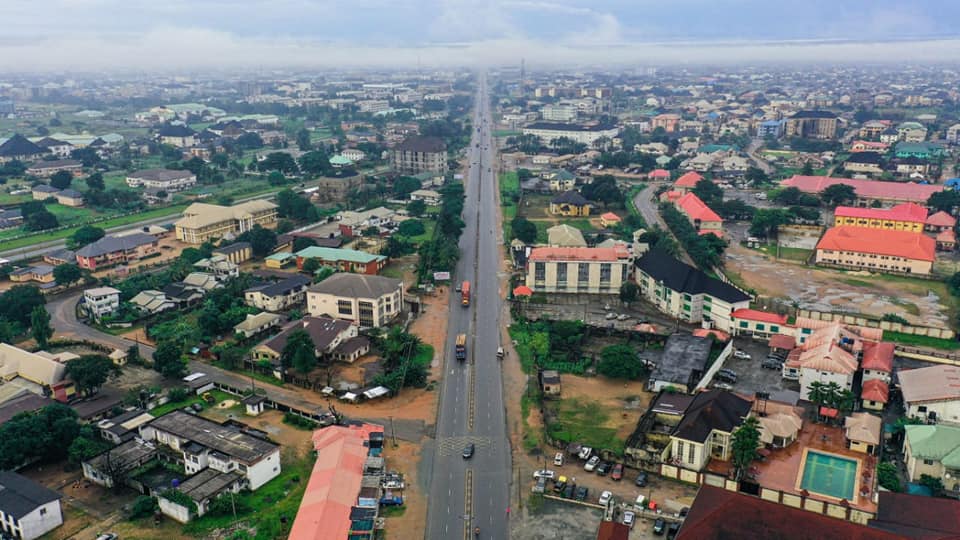I spoke as a discussant on July 16, 2025 at the National Summit on the Future of Nigeria’s Constitutional Democracy. The Summit is organised by The Patriots and the Nigerian Political Summit Group. The topic for my discussion was: “Government Leadership Rotation in Nigeria: Any Use and What Option?”
In my thesis for the topic, I consider that from January 15, 1966 to date (2025), Nigeria has operated without a written constitution but rather on a series of military laws or decrees, including civil parliamentary laws or Acts. Decree 1 of 1966 suspended Nigeria’s written 1963 Republican Constitution, and that suspension remains in effect to this day.
The cited Decree 1 of 1966, which suspended Nigeria’s 1963 Constitution, to Decree 24 of 1999, constitutes the set of military laws that currently sustain governance in Nigeria. In addition, a series of parliamentary laws or Acts have been grouped as amendments to these military laws, ranging from the first to the fifth amendment, that have been in existence from 1999 to 2025, including the ongoing parliamentary exercise for a sixth amendment.
The parliamentary laws in these five amendments, introduced by the civil administration between 1999 and 2025, are offshoots of the subsisting military laws. Together, they constitute the body of laws guiding governance in Nigeria. Thus, from 1966 to 2025, Nigeria has operated without a written constitution, relying instead on a hybrid of military and civil laws that now require legal melding into the 1963 Republican Constitution of the Federal Republic of Nigeria (CFRN).
Beyond the colonial and military eras, periods of civil governance have alternated the leadership of government between the two major blocs of the Federal Republic of Nigeria – South and North. The experience of leadership rotation during civil governance has often led to intense and sometimes deadly struggles for political power, along with the associated scheming for survival and relevance among over 250 ethnonational groups in Nigeria (Table 1). The consequence of this fierce competition is a polity trapped in structural stasis.
The visible features of this trap include a governance system lacking strong elite consensus, afflicted by legitimacy challenges, and plagued by recursive policy pursuits or cyclical policy reversals, all of which reflect the concept of an overbearing Ethnic Balance of Power (eBoP) (Table 2). The downside of eBoP is that it stifles political stability, economic prosperity, and social justice.
In light of the prevalence of eBoP in the Nigerian polity, rotational government leadership is unlikely to serve the inclusive purpose envisioned by a constitutional democracy that works for all. Looking forward, such a democracy would require a reversion to Nigeria’s 1963 Republican written Constitution, lifting the military-imposed suspension and executing a first amendment grounded in present-day governance realities and federalist principles in the CFRN.
The 1963 Republican CFRN emerged from a bottom-up democratic process reflecting the mantra, “We the People” of the Federal Republic of Nigeria. It provides a legal basis to meld military laws into parliamentary laws and re-establish the constitutional link between the first Federal Parliament (elected in 1959) and the current one (elected in 2023).
The exercise of integrating military and parliamentary laws would form the foundation of the first amendment to the 1963 Republican CFRN, setting Nigeria on a path of constitutional evolution consistent with global best practices. This amendment would restore Nigeria’s written constitution and provide a foundation for a truly functional constitutional democracy, reminiscent of the First Republic, which lasted two years, three months, and two weeks (from 1st October 1963 to 14th January 1966).
The 1963 Republican CFRN emerged from a legacy of global best practices in governance (Tables 3, 4, and 5), including: (i) the constitutional conference held on January 9, 1950 at the regional headquarters of the then three regions in Nigeria, (ii) the “All Party” conference of ethno national entities in Lagos on July 25–26, 1963, (iii) the Charter of the United Nations on the Universal Declaration of Human Rights, which stipulates that the will of the people shall be the basis of government, (iv) the minority doctrine from the Treaty of Westphalia of July 24, October 1648, which helped restore Europe from the destructive effects of eBoP, and (v) a bottom-up democratic process enacted by representatives of the ethno national entities assembled in parliament in 1963.
The first amendment to the 1963 Republican CFRN would facilitate the restructuring of Nigeria’s polity as an a priori step toward regaining the consent of its diverse ethnonational entities. It would pave the way for the liberty and sovereignty of indigenous communities over their lands and governance, in alignment with global best practices in federalism. For example, Russia has 85 federating units grouped into six categories, ostensibly reflecting autochthony and regional peculiarities (Table 6).
In Nigeria, the federating units that would emerge from a truly pristine federalist restructuring process, based on local identity and indigenous residency, could be either homogeneous or heterogeneous. The heterogeneous ones would be defined by demographic and electoral determinant factors (DEDF) and shaped by the consent of the constituent entities within each unit. This exercise would deliver a stable and prosperous federal polity rooted in diversity, equity, and inclusion (DEI).
At that point, if rotational government leadership is deemed necessary, it could be modeled after a functional model such as Switzerland’s system or even that of the General Assembly of the United Nations. Long live the Federal Republic of Nigeria.
Akuns is a member of Movement for National Reformation. He wrote from Abuja.






